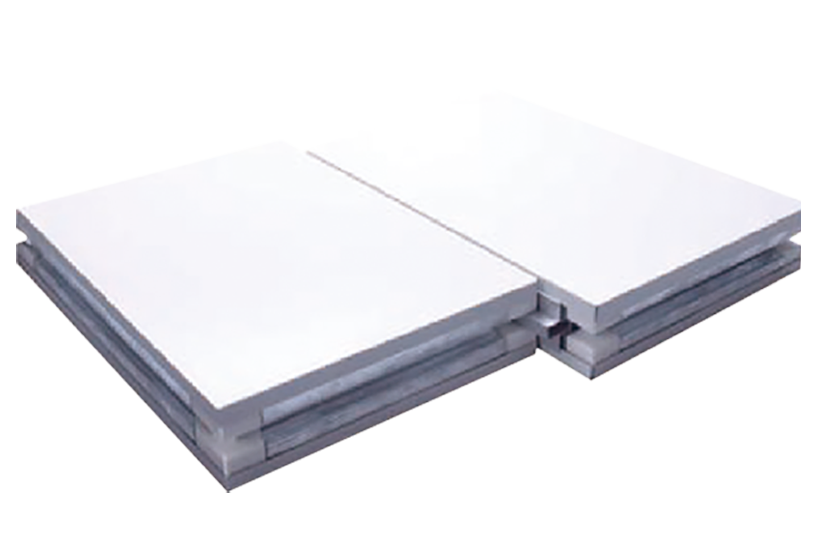The compatibility of the Anti-dropping Manual Top Plate depends on its design and specifications. Here are some considerations to determine whether it can be added to any equipment or if it is specific to certain devices:
Universal Design: Some Anti-dropping Manual Top Plates are designed with universality in mind, allowing them to be added to a wide range of equipment or devices. These may come with adjustable components or attachment mechanisms to fit various sizes and shapes.
Customization: Certain models may offer customization options, allowing users to adapt the Anti-dropping Top Plate to specific equipment. This could involve adjustable brackets, fasteners, or modular components that can be tailored to different devices.
Device-Specific Models: In contrast, some Anti-dropping Top Plates may be specifically designed for certain types of equipment. This could be due to unique features or dimensions of the device, making a tailored solution more effective.


Weight and Size Limitations: Considerations such as weight and size limitations may also play a role. Some Anti-dropping mechanisms may be better suited for lighter or smaller devices, while others are engineered to handle heavier or larger equipment.
Installation Requirements: Check if the installation process is straightforward and if the Anti-dropping Manual Top Plate requires any specific adaptations or modifications to the equipment. Ease of installation can affect its compatibility with different devices.
Industry or Use Case Specificity: Certain Anti-dropping solutions may be developed with specific industries or use cases in mind. For example, equipment used in construction may have different requirements compared to devices used in a laboratory setting.




 中文简体
中文简体 English
English











 online service
online service 86-400-000-5136
86-400-000-5136
 400-000-5136
400-000-5136



